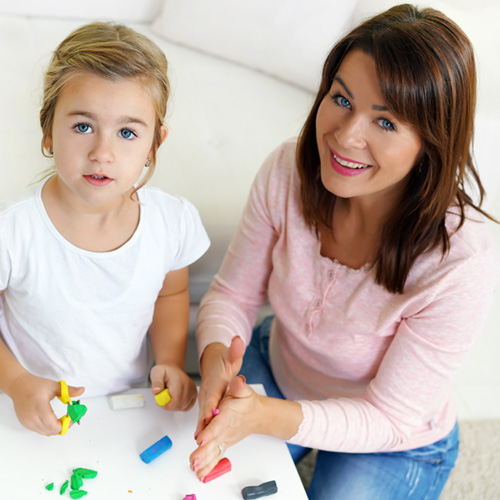Best Practice Approach
Our ABA team is committed to providing the most effective programme and care, based on the best evidence-based approach, to improve and enhance the lives of every child.
Here at Dynamics, we combine multiple evidence-based strategies into a comprehensive and individualised programme to fit each child’s unique learning needs. Some of these strategies include the:
Natural Environment Teaching (NET)
Focuses on teaching skills within the natural environment and uses naturally occurring reinforcers.
Discrete Trial Training (DTT)
Uses structured technique, involving repetition and reinforcement, to teach a new skill or behaviour.
Verbal Behaviour (VB)
Teaches the function and meaning of language. The ABA-VB is a highly effective approach combining aspects of ABA and VB. This approach encourages the child to learn language by connecting words with their purpose. It does not focus on words as simply a label (e.g. cat, car, etc.), rather, it teaches why we use words and how these words are useful in making requests and communicating ideas. For example, a child will learn to use language to ask for things or to label things in their environment. This teaches the child the functional use of language, rather than the language itself.
Each child can have their own method(s) of communication, be it through words, signs, augmentative devices or pictures—but it is essential that every child learns how to be an effective communicator.

In the ABA-VB approach, we classify language into types, with each serving a unique function:
- Mand – request (you say it because you want it)
- Tact – label (you say it because you see, hear, smell, taste or feel something)
- Intraverbal – conversation, answering a question or responding when someone else talks (you say it because someone else asked you a question or made a comment)
- Echoic – repeating what someone else says (you say it because someone else said it)
- Imitation – repeating someone else’s motor movements (you move because someone else moved the same way)
- Listener Responding/Receptive – following directions (you do what someone else asks you to do)
Learn more about our process and services here.
Keen to speak to us regarding our ABA programme? Contact us here.


